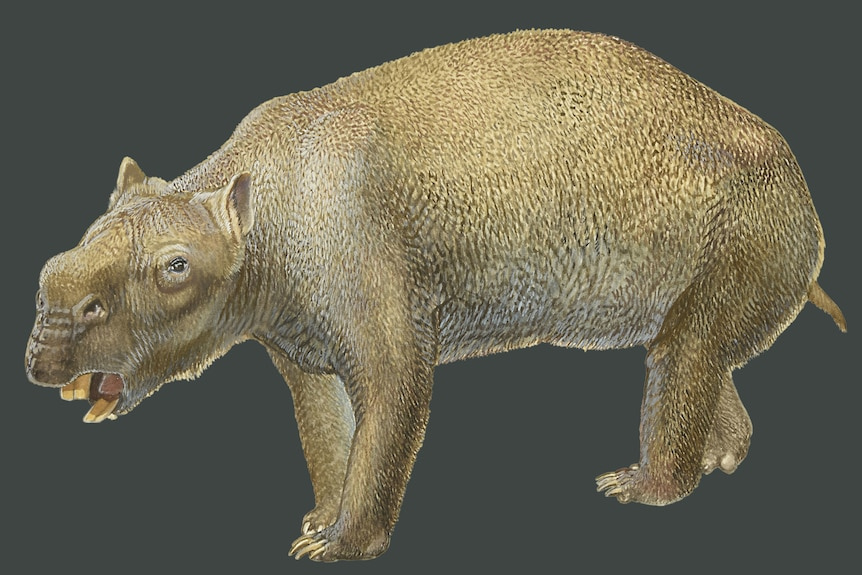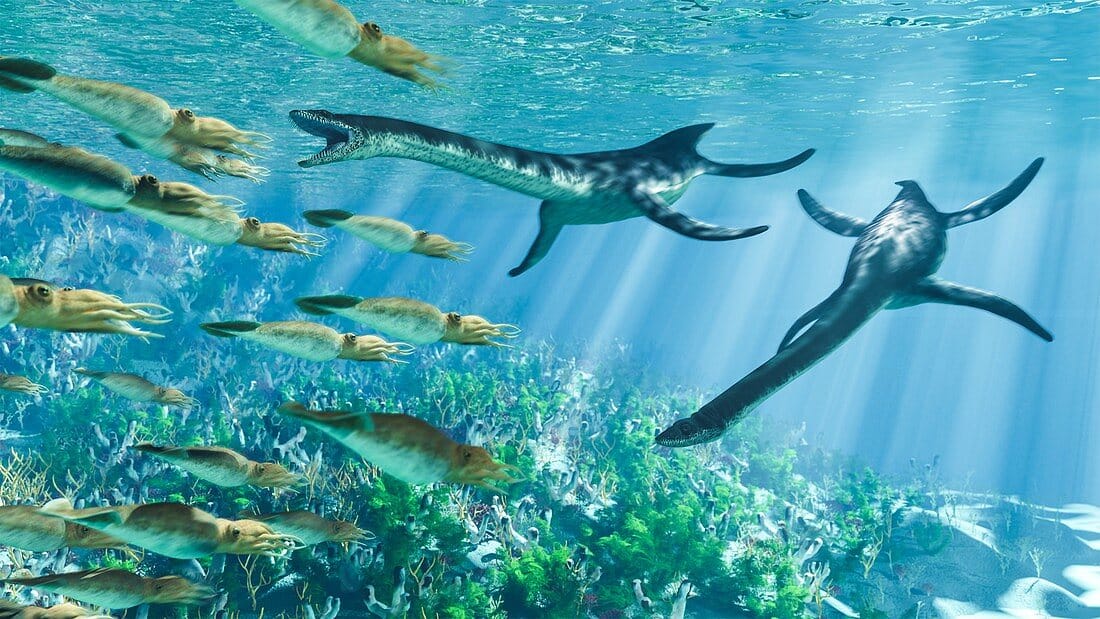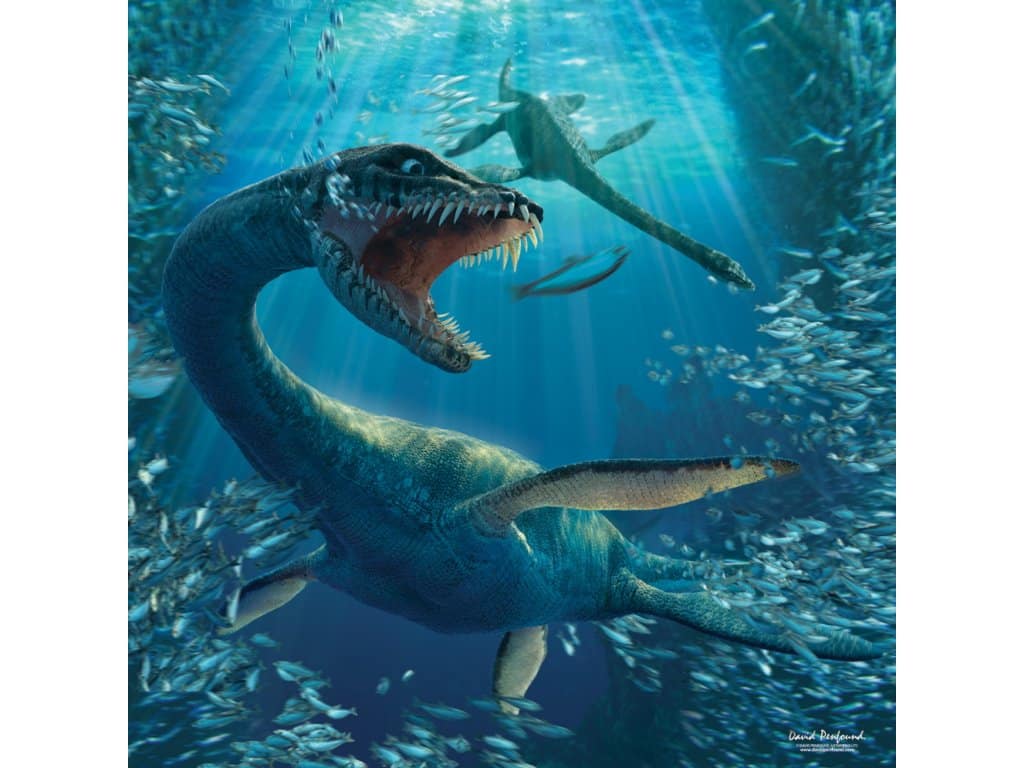
Diprotodon, a monospecific genus within the extinct family Diprotodontidae, takes center stage as we unravel the mysteries of these ancient giants. Standing at an impressive 1.8 meters tall and stretching up to 4 meters in length, these herbivorous marvels surpass their modern counterparts. The recent Du Boulay Creek discoveries highlight the unparalleled scale and majesty of Diprotodon skeletons, offering a unique insight into Australia's prehistoric landscape.
A Glimpse into the Past: Diprotodon Migration Routes
The collaborative efforts between researchers and CITIC Pacific Mining have not only unearthed skeletal remains but also provided a potential window into the past. The concentration of Diprotodon skeletons, including adults and juveniles, suggests a major migration route. This finding enriches our understanding of Diprotodon behavior and adds a rare dimension to the dynamics of ancient megafauna populations.
Preserving Earth's Paleontological Heritage: Excavating Diprotodon Skeletons
While the discoveries evoke excitement, there's an urgent call for excavation. Sections of Diprotodon skulls, jaws, and teeth are currently partly visible and embedded in hard rock, susceptible to the erosive forces of flooding. Excavation becomes not only a scientific necessity but a crucial step in preserving the invaluable heritage of Diprotodon skeletons.
Collaboration and the Future of Paleontological Research
The partnership between researchers and CITIC Pacific Mining exemplifies the collaborative spirit driving paleontological research into the future. Beyond the thrill of discovery, these collaborations shape the landscape of research, emphasizing the significance of public-private partnerships in uncovering and preserving Earth's ancient history, particularly the awe-inspiring Diprotodon skeletons.
As we delve into the nuances of this significant find, uncovering the majestic Diprotodon skeletons at Du Boulay Creek, your insights on the broader implications for our understanding of ancient ecosystems and biodiversity would be greatly appreciated. Additionally, how do you foresee collaborative efforts continuing to redefine the landscape of paleontological research, particularly in the context of Diprotodon skeletons, in the years to come?



